
Product test
CMF Phone 1 review: finally, a smartphone that’s fun
by Jan Johannsen

Smartphone manufacturer Nothing has taken a step in the right direction by adding the Phone 2a, a more affordable model, to its range. The handset stays true to previous Nothing designs, and the cutbacks made to its hardware are negligible.
The most noticeable changes made to the appearance of the Phone (2a) have been made to the rear cameras, which have been shifted into the centre. This creates symmetry and prevents too much wobbliness if you’ve set the phone up on a table. On the two other Nothing smartphones, the rear cameras are positioned at the top left, protruding slightly on the Phone (2). The back of the Phone (1), in contrast, is flat.
The Phone (2a) still comes with Glyph LED lights on the back, but not with as many as the previous model. There are only three elements around the camera to alert you to notifications, phone calls and such. As before, the Glyph interface allows you to compose your own light sequences, set a Glyph timer and customise the LED lighting.
As was the case for the Phone (2), the selfie camera has been moved to the centre for more symmetry. The 6.7-inch AMOLED display boasts a high level of detail, natural and vibrant colour rendering and a high refresh rate of up to 120 hertz. Though unable to compete with top smartphones in the brightness stakes, the display’s bright enough to be used in sunshine.
At 2.1 millimetres, the edging around the touchscreen on the Phone (2a) is actually slightly narrower than on the more expensive Phone (2). On the pricier model, it measures in at 2.3 millimetres. As a result, the cheaper phone (2a) has the higher screen-to-body ratio of the two models (91.65 per cent compared to 87.6 per cent).
With the mid-range smartphone, you’ll need to deal with some minor compromises on robustness. The front is only protected by Gorilla Glass 5, while the current top-of-the-range models fitted with scratch and break-resistant glass are already three or four generations ahead. What’s more, it’s only IP54-protected against splashes of water.
Nothing has used the Dimensity 7200 Pro for the phone, a slightly altered version of Mediatek’s chipset. The phone I tested had 12 gigabytes of RAM, while the basic version of Phone (2a) has 8 gigabytes. Both versions offer virtual RAM expansions of up to 8 gigabytes.
The photos the Nothing Phone (2a) produces are very detailed, and the reduced resolution in standard automatic mode does nothing to change that. The colour rendering is vivid and natural, with just a touch too much red.
The automatic setting with active HDR mode deals with strong contrasts with ease, the camera balancing out dark and light areas.
I can activate Ultra HDR in the camera app settings. Doing so increases the range of colours displayed. However, you’ll only be able to access Ultra HDR in Google Photos or other apps that support it.
If you’re snapping a photo from further away, it’ll become less detailed. That being said, it’s only noticeable when looking at the image in its original size on a PC screen. You don’t notice it on the Phone (2a) display or in social media posts.
Using the ultra-wide-angle camera doesn’t put you at any disadvantage in terms of detail accuracy or colour reproduction compared to using the main camera. That is, as long as you’re taking photos in daylight.
The 2x digital zoom delivers decent images for viewing on a smartphone or social media. Zooming in further, however, worsens image quality significantly.
Portrait mode delivers a focused image set against a blurred background. When shooting portraits, I can choose between apertures from f/0.95 to f/16. The software, however, doesn’t always nail the boundary between the subject and the background.
When it comes to night shots, it’s apparent from looking at various displays how differently the images can be reproduced. The Phone (2a)’s night mode definitely delivers darker images than its automatic mode. For my taste, it’s too bright for nighttime photography. On the PC, however, night mode seems too dark. In the Google Photos app with Ultra HDR, the photo looks much better.
When it comes to the ultra-wide-angle camera, the difference between the two images is significantly smaller. All I notice is that images are sharper in a few areas with night mode switched on.
Since the front-facing camera has a 32-megapixel resolution, it achieves a really high level of detail. I like the colour rendering too. It’s only in backlighting that the colours quickly become lacklustre. The only thing for it is to squint bravely into the sun when taking selfies.
In darkness, the level of detail takes a sharp downward turn. It doesn’t matter whether I’m using automatic or night mode. Both produce almost identical results – and the only place they look passable is on the smartphone’s display.
The Phone (2a)’s user interface is Nothing OS 2.5, boasting a whole host of aesthetic modifications. With its dot design and monochrome app icons, Nothing stands out from its colourful competitors. If you’d rather see some colour, the system allows you to switch to colourful app icons. In keeping with previous interfaces, Nothing OS 2.5 has retained its dot design.
The Phone (2a) has all the Phone (2)’s software functions. In fact, it’s even been given an extra one – AI-generated wallpapers. The older model is also set to get the feature in the future. It allows you to put your wallpaper behind a virtual piece of striped glass.
Another of the Android interface’s curiosities is the lock screen widgets. You can save up to eight of them as shortcuts.
The Nothing Phone (2a)’s 5,000-mAh battery is of average size. With 45 watts, it charges quickly (a full charge takes about an hour) but it’s not one of the fastest out there. The battery life comes out on top in PCMark’s battery test. Running continuously, it holds out for 10:56 hours, even outperforming the Phone (2), which manages 10:39 hours.
On top of this ultra-long battery life, Nothing promises the battery will still be able to store at least 90 per cent of its capacity after 1,000 charging cycles. The intention behind this is to stop the battery preventing the Phone (2a) from being used on a long-term basis.
The Phone (2a) has made the Phone (1) obsolete. Though Nothing will continue to deliver software updates for the (1), the handset will be discontinued once remaining stocks are sold.
The Phone (2a) is worse than the Nothing Phone (2) – especially in benchmarks. In day-to-day use, however, you’ll hardly notice any differences in performance. You get the classic Nothing design for significantly less money – both in terms of appearance and software.
The Nothing Phone (2a) also boasts a very good dual camera for its price range – and a hell of a battery life. The only area where it falls short is updates, narrowly failing to meet the requirements outlined by the EU that’ll apply from the end of 2024. Even so, I still think the Phone (2a) is a cut above when it comes to mid-range smartphones.
Pro
Contra
As a primary school pupil, I used to sit in a friend's living room with many of my classmates to play the Super NES. Now I get my hands on the latest technology and test it for you. In recent years at Curved, Computer Bild and Netzwelt, now at Digitec and Galaxus.
While the Phone (2) is Nothing’s attempt to go toe-to-toe with top-of-the-range smartphones, the Phone (2a) is the successor to the Phone (1). For a comparatively low price, you get good hardware and the same eye-catching design. In some respects, the (2a) even outperforms the more expensive Phone (2).
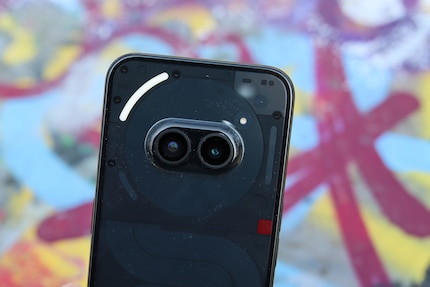
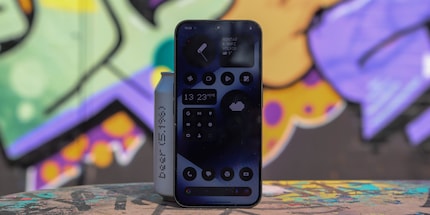
Multi-core operation aside, the Phone (2a) performs better in the Geekbench 6 benchmark test than the Phone (1), which is kitted out with the Snapdragon 778G+. It’s also ahead of the similarly priced, popular [Samsung Galaxy A34]/page/wie-viel-muss-ein-smartphone-kosten-nicht-mehr-als-das-samsung-galaxy-a34-28366, which sports the Dimensity 1080. Unsurprisingly, the Nothing Phone (2), fitted with the Snapdragon 8 Gen 2, always scores significantly better. All in all, the Nothing Phone (2a) is powerful enough for day-to-day use.
The Nothing Phone (2a)’s main and ultra-wide-angle cameras each have a resolution of 50 megapixels. In day-to-day situations, however, both use pixel binning. This means the resolution is reduced in favour of more image data. There are differences between the main and ultra wide-angle cameras in terms of sensor size and aperture, with the main camera coming out slightly better in both categories. Overall, the smartphone delivers really decent photos that are easy to share digitally.
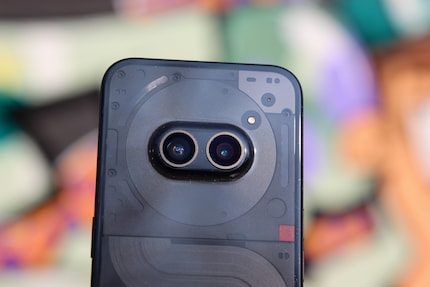

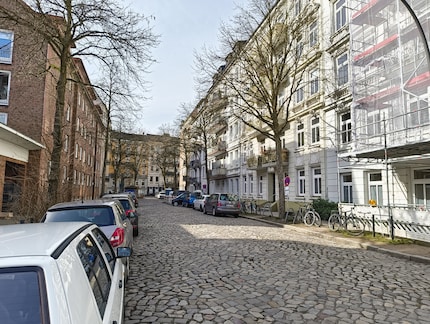
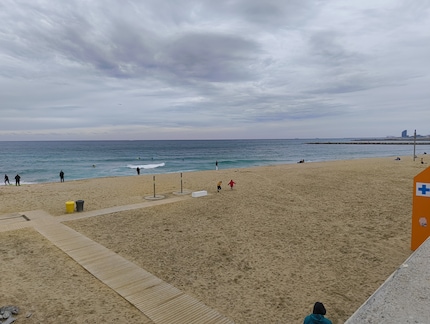
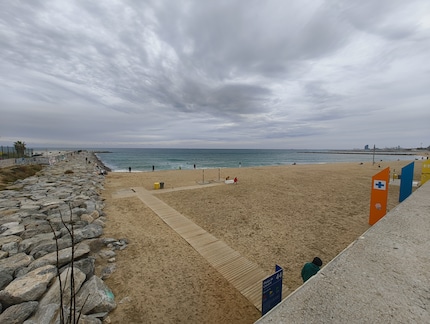
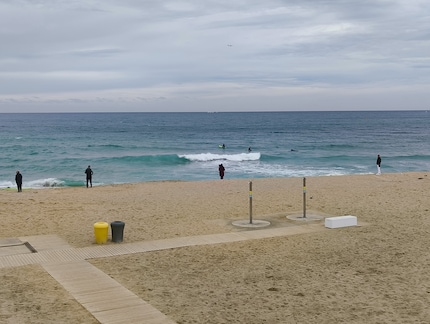



The Phone (2a) comes pre-installed with Android 14. This isn’t something you can take for granted when buying a smartphone in this price range – even if it has been six months since the operating system was released. Nothing plans to deliver Android updates for three years and security updates for four years. While this doesn’t meet the EU’s five-year requirement set to kick in at the end of 2024, it’s still better than a lot of devices positioned between the budget and mid-range price categories.
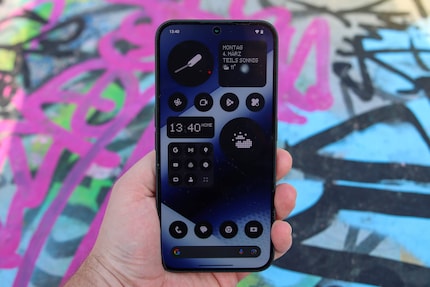
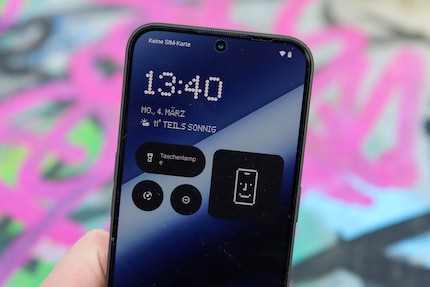
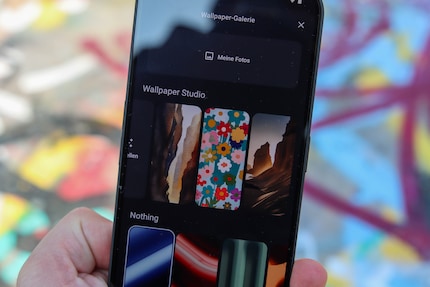
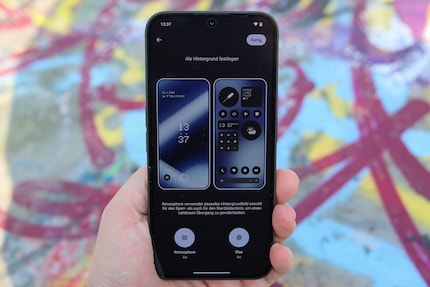
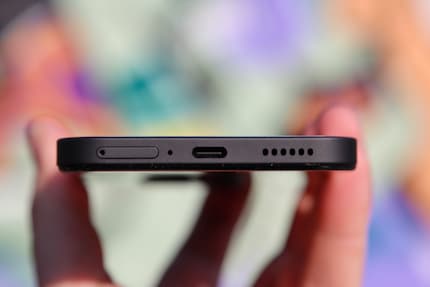
Nothing has made the Phone (2a) available in two colours and two storage capacities. Both the black and white models are the same price. The recommended retail price is 329 euros or Swiss francs for 8 and 128 gigabytes and 379 euros or Swiss francs for 12 and 256 gigabytes. It’s now possible to pre-order the Phone (2a), with official sales starting on 12 March. For logistical reasons, it’ll become available in Switzerland a week later, on 19 March. To make up for the delay, customers in Switzerland will get the [Nothing Ear (2)]/page/nothing-ear-2-im-test-optisch-unveraendert-klanglich-verbessert-26969 thrown in for free.